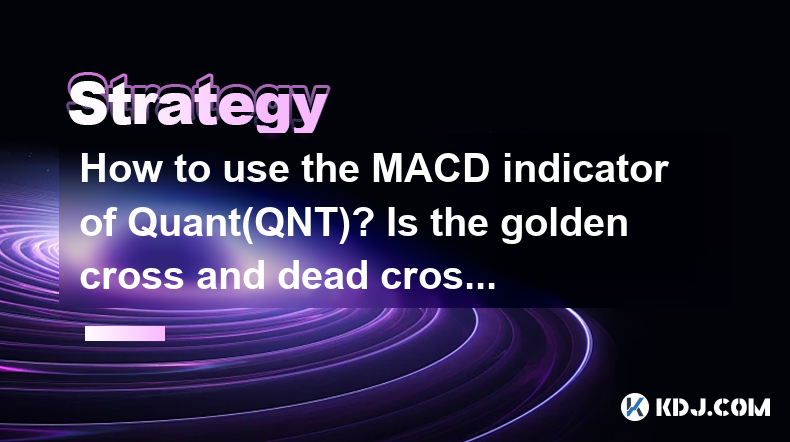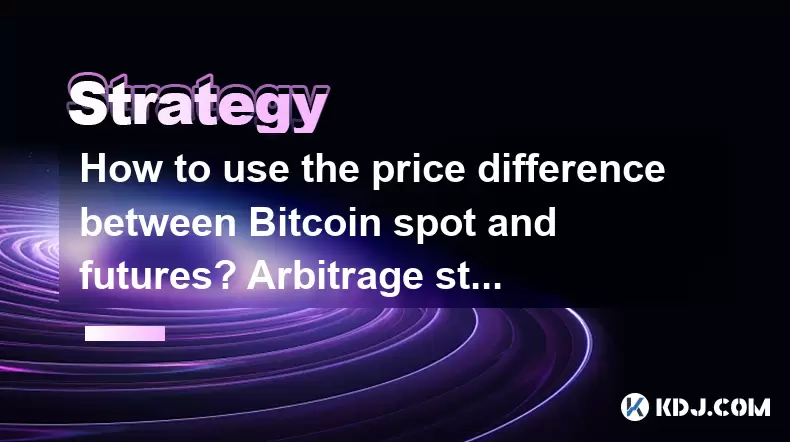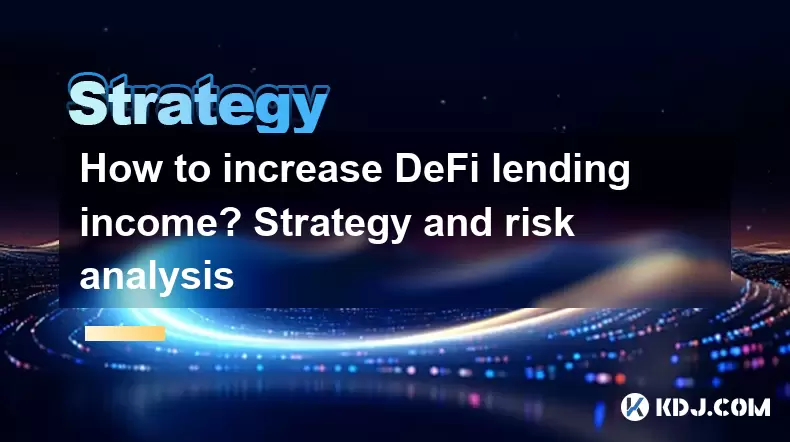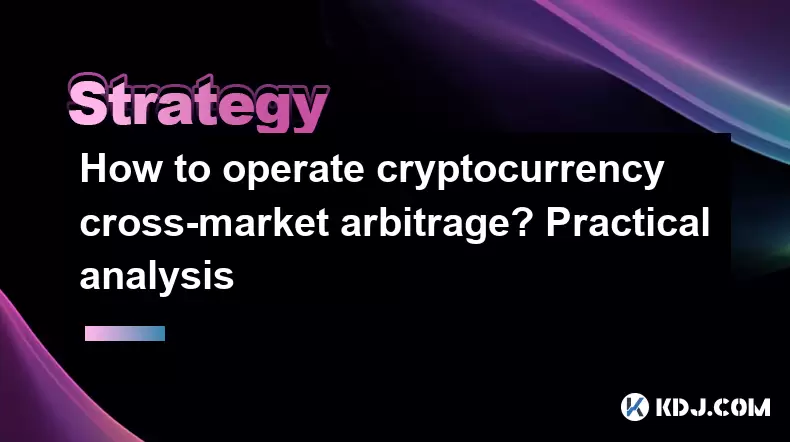-
 Bitcoin
Bitcoin $108,489.6704
1.13% -
 Ethereum
Ethereum $2,502.0528
2.92% -
 Tether USDt
Tether USDt $1.0002
0.00% -
 XRP
XRP $2.1941
0.51% -
 BNB
BNB $655.3375
1.00% -
 Solana
Solana $151.5977
1.27% -
 USDC
USDC $0.9999
0.00% -
 TRON
TRON $0.2768
0.32% -
 Dogecoin
Dogecoin $0.1676
2.86% -
 Cardano
Cardano $0.5675
0.98% -
 Hyperliquid
Hyperliquid $40.6109
7.48% -
 Bitcoin Cash
Bitcoin Cash $500.7746
2.09% -
 Sui
Sui $2.8328
2.03% -
 Chainlink
Chainlink $13.4452
1.26% -
 UNUS SED LEO
UNUS SED LEO $9.1623
0.39% -
 Avalanche
Avalanche $18.2267
2.24% -
 Stellar
Stellar $0.2382
0.00% -
 Toncoin
Toncoin $2.8885
1.68% -
 Shiba Inu
Shiba Inu $0.0...01159
0.91% -
 Litecoin
Litecoin $87.1827
0.88% -
 Hedera
Hedera $0.1511
2.90% -
 Monero
Monero $315.4992
-0.59% -
 Polkadot
Polkadot $3.4663
2.34% -
 Bitget Token
Bitget Token $4.6118
-0.65% -
 Dai
Dai $1.0000
-0.01% -
 Ethena USDe
Ethena USDe $1.0003
0.02% -
 Uniswap
Uniswap $7.2989
4.69% -
 Pepe
Pepe $0.0...01003
5.73% -
 Aave
Aave $275.5616
7.15% -
 Pi
Pi $0.5181
-2.49%
How to use the MACD indicator of Quant(QNT)? Is the golden cross and dead cross signal reliable?
The MACD indicator helps traders identify potential buy and sell signals for Quant (QNT) by analyzing the momentum of price movements using two lines and a histogram.
May 06, 2025 at 12:21 am

Understanding the MACD Indicator
The Moving Average Convergence Divergence (MACD) indicator is a popular tool used by traders to identify potential buy and sell signals in the market. When applied to the cryptocurrency Quant (QNT), the MACD can help traders make more informed decisions based on the momentum of the price movements. The MACD consists of two lines: the MACD line and the signal line, along with a histogram that represents the difference between these two lines. The MACD line is calculated by subtracting the 26-period Exponential Moving Average (EMA) from the 12-period EMA, while the signal line is a 9-period EMA of the MACD line.
Setting Up the MACD on Your Trading Platform
To use the MACD indicator for Quant (QNT), you need to set it up on your trading platform. Here's how you can do it:
- Open your trading platform and navigate to the chart section where you can view the price action of QNT.
- Select the MACD indicator from the list of available indicators. Most platforms will have this readily available.
- Configure the settings to the standard parameters: 12 for the fast EMA, 26 for the slow EMA, and 9 for the signal line.
- Apply the indicator to the chart, and you will see the MACD line, the signal line, and the histogram appear below the price chart.
Identifying the Golden Cross and Dead Cross
The golden cross and dead cross are specific signals generated by the MACD indicator. A golden cross occurs when the MACD line crosses above the signal line, indicating a potential bullish momentum shift. Conversely, a dead cross happens when the MACD line crosses below the signal line, suggesting a potential bearish momentum shift. These crosses are considered significant because they can indicate a change in market direction.
Analyzing the Reliability of Golden and Dead Cross Signals
While the golden cross and dead cross signals can be powerful indicators, their reliability can vary. The reliability of these signals depends on several factors, including the overall market trend, the timeframe being analyzed, and the presence of other confirming indicators. In a strong uptrend, a golden cross might be more reliable, while in a strong downtrend, a dead cross might be more dependable. However, it's important to use these signals in conjunction with other technical analysis tools to increase their effectiveness.
Practical Examples of MACD Signals on Quant (QNT)
To better understand how to use the MACD indicator on Quant (QNT), let's look at a couple of practical examples:
Example 1: Golden Cross
- Suppose you are observing the daily chart of QNT, and you notice that the MACD line crosses above the signal line. This is a golden cross, suggesting that the price of QNT might be entering a bullish phase. You might decide to enter a long position, expecting the price to rise.
Example 2: Dead Cross
- On another occasion, you see the MACD line crossing below the signal line on the same daily chart. This is a dead cross, indicating that the price of QNT could be entering a bearish phase. You might consider closing your long position or even entering a short position, anticipating a price decline.
Using the MACD Histogram for Additional Insights
The MACD histogram provides additional insights into the strength of the momentum. The histogram represents the difference between the MACD line and the signal line. When the histogram bars are increasing in height, it suggests that the momentum is strengthening. Conversely, when the bars are decreasing, it indicates that the momentum is weakening. Traders can use this information to gauge the potential continuation or reversal of a trend.
Combining MACD with Other Indicators
To enhance the reliability of the MACD signals, traders often combine it with other technical indicators. For instance, using the Relative Strength Index (RSI) alongside the MACD can help confirm overbought or oversold conditions. If the MACD indicates a golden cross and the RSI is below 70, it might increase the confidence in the bullish signal. Similarly, if the MACD shows a dead cross and the RSI is above 30, it could strengthen the bearish signal.
Adjusting MACD Settings for Different Timeframes
The standard settings for the MACD (12, 26, 9) are suitable for many traders, but you might want to adjust these settings based on the timeframe you are trading. For shorter timeframes, such as hourly charts, you might consider using faster settings like (6, 13, 5) to capture quicker price movements. On longer timeframes, such as weekly charts, you might opt for slower settings like (24, 52, 18) to smooth out the signals and reduce false positives.
Practical Steps to Trade Quant (QNT) Using MACD Signals
Here are the practical steps to trade Quant (QNT) using MACD signals:
- Monitor the MACD indicator on your chosen timeframe (e.g., daily chart).
- Look for a golden cross (MACD line crossing above the signal line) to consider entering a long position.
- Look for a dead cross (MACD line crossing below the signal line) to consider entering a short position or closing a long position.
- Check the MACD histogram to gauge the strength of the momentum.
- Use additional indicators like RSI to confirm the MACD signals.
- Set appropriate stop-loss and take-profit levels to manage your risk.
FAQ
Q1: Can the MACD indicator be used effectively on all timeframes for trading Quant (QNT)?
A1: Yes, the MACD indicator can be used on various timeframes, but you may need to adjust the settings. For shorter timeframes, faster settings can help capture quicker price movements, while slower settings are better for longer timeframes to reduce false signals.
Q2: How can I avoid false signals when using the MACD indicator for Quant (QNT)?
A2: To avoid false signals, consider using the MACD in conjunction with other indicators like RSI or volume indicators. Additionally, always look for confirmation from the price action itself, such as a clear trend or reversal pattern, before acting on a MACD signal.
Q3: Is it necessary to use the standard MACD settings for trading Quant (QNT), or can I customize them?
A3: While the standard settings (12, 26, 9) are widely used and effective for many traders, you can customize the settings based on your trading style and the timeframe you are using. Experiment with different settings to find what works best for you.
Q4: How does the MACD histogram enhance the analysis of Quant (QNT) price movements?
A4: The MACD histogram provides a visual representation of the momentum's strength. Increasing histogram bars indicate strengthening momentum, while decreasing bars suggest weakening momentum. This additional information can help traders better time their entries and exits in the market.
Disclaimer:info@kdj.com
The information provided is not trading advice. kdj.com does not assume any responsibility for any investments made based on the information provided in this article. Cryptocurrencies are highly volatile and it is highly recommended that you invest with caution after thorough research!
If you believe that the content used on this website infringes your copyright, please contact us immediately (info@kdj.com) and we will delete it promptly.
- Bitcoin's Bumpy Ride: Profit-Taking Slows Momentum, What's Next?
- 2025-06-30 20:30:11
- Bitcoin's Price Stall: Decoding the ETF Inflows Mystery
- 2025-06-30 20:30:11
- Ripple XRP, Bitcoin, and Solaris Presale: What's the Buzz?
- 2025-06-30 18:50:11
- SpaceX, Mirror Tokens, and Investors: A Wild Ride to the Future?
- 2025-06-30 19:10:22
- Arbitrum (ARB) and Robinhood: Partnership Rumors Fuel Price Surge to $0.4289?
- 2025-06-30 19:10:22
- Jasmy Coin, Bitcoin, and the Rise of Solaris Presale: What's the Buzz?
- 2025-06-30 18:30:12
Related knowledge

What are the skills of Bitcoin option hedging? Practical case sharing
Jun 24,2025 at 04:01pm
Understanding Bitcoin Option HedgingBitcoin option hedging is a risk management strategy used by traders and investors to protect their positions in the volatile cryptocurrency market. By using options, individuals can limit potential losses while retaining the opportunity for profit. In essence, it allows one to insulate against adverse price movements...

How to use the price difference between Bitcoin spot and futures? Arbitrage strategy
Jun 20,2025 at 02:56pm
Understanding Bitcoin Spot and Futures MarketsTo effectively leverage arbitrage opportunities between Bitcoin spot and futures markets, it's essential to understand the fundamental differences between these two types of markets. The spot market refers to the direct buying and selling of Bitcoin for immediate delivery at the current market price. In cont...

How to increase DeFi lending income? Strategy and risk analysis
Jun 24,2025 at 02:08pm
Understanding DeFi Lending and Its Income PotentialDeFi (Decentralized Finance) lending has emerged as a popular way to earn passive income in the cryptocurrency space. Unlike traditional banking systems, DeFi lending platforms allow users to lend their crypto assets directly to borrowers without intermediaries. The lenders earn interest based on the su...

How to operate cryptocurrency cross-market arbitrage? Practical analysis
Jun 23,2025 at 04:01am
Understanding Cryptocurrency Cross-Market ArbitrageCryptocurrency cross-market arbitrage involves taking advantage of price differences for the same digital asset across different exchanges. The core idea is to buy low on one exchange and sell high on another, capturing the profit from the discrepancy. This strategy relies heavily on real-time market da...

How to make profits from high-frequency cryptocurrency trading? Sharing core skills
Jun 19,2025 at 05:07pm
Understanding High-Frequency Cryptocurrency TradingHigh-frequency trading (HFT) in the cryptocurrency market involves executing a large number of trades at extremely fast speeds, often within milliseconds. This method relies on small price discrepancies across exchanges or within a single exchange’s order book. Traders use complex algorithms and ultra-l...

What are the methods of cryptocurrency quantitative trading? Detailed analysis
Jun 22,2025 at 11:07pm
Understanding the Core of Cryptocurrency Quantitative TradingCryptocurrency quantitative trading refers to the use of mathematical models and algorithms to execute trades in the digital asset market. Unlike traditional discretionary trading, which relies heavily on human judgment, quantitative trading leverages data-driven strategies to identify profita...

What are the skills of Bitcoin option hedging? Practical case sharing
Jun 24,2025 at 04:01pm
Understanding Bitcoin Option HedgingBitcoin option hedging is a risk management strategy used by traders and investors to protect their positions in the volatile cryptocurrency market. By using options, individuals can limit potential losses while retaining the opportunity for profit. In essence, it allows one to insulate against adverse price movements...

How to use the price difference between Bitcoin spot and futures? Arbitrage strategy
Jun 20,2025 at 02:56pm
Understanding Bitcoin Spot and Futures MarketsTo effectively leverage arbitrage opportunities between Bitcoin spot and futures markets, it's essential to understand the fundamental differences between these two types of markets. The spot market refers to the direct buying and selling of Bitcoin for immediate delivery at the current market price. In cont...

How to increase DeFi lending income? Strategy and risk analysis
Jun 24,2025 at 02:08pm
Understanding DeFi Lending and Its Income PotentialDeFi (Decentralized Finance) lending has emerged as a popular way to earn passive income in the cryptocurrency space. Unlike traditional banking systems, DeFi lending platforms allow users to lend their crypto assets directly to borrowers without intermediaries. The lenders earn interest based on the su...

How to operate cryptocurrency cross-market arbitrage? Practical analysis
Jun 23,2025 at 04:01am
Understanding Cryptocurrency Cross-Market ArbitrageCryptocurrency cross-market arbitrage involves taking advantage of price differences for the same digital asset across different exchanges. The core idea is to buy low on one exchange and sell high on another, capturing the profit from the discrepancy. This strategy relies heavily on real-time market da...

How to make profits from high-frequency cryptocurrency trading? Sharing core skills
Jun 19,2025 at 05:07pm
Understanding High-Frequency Cryptocurrency TradingHigh-frequency trading (HFT) in the cryptocurrency market involves executing a large number of trades at extremely fast speeds, often within milliseconds. This method relies on small price discrepancies across exchanges or within a single exchange’s order book. Traders use complex algorithms and ultra-l...

What are the methods of cryptocurrency quantitative trading? Detailed analysis
Jun 22,2025 at 11:07pm
Understanding the Core of Cryptocurrency Quantitative TradingCryptocurrency quantitative trading refers to the use of mathematical models and algorithms to execute trades in the digital asset market. Unlike traditional discretionary trading, which relies heavily on human judgment, quantitative trading leverages data-driven strategies to identify profita...
See all articles

























































































